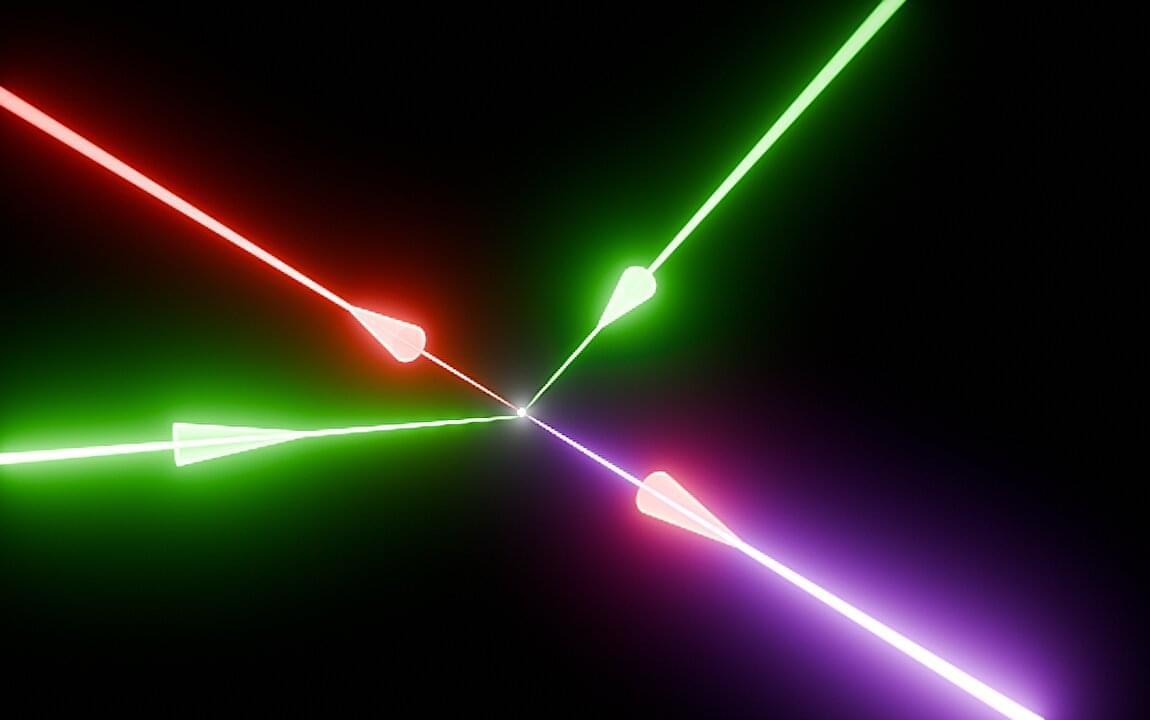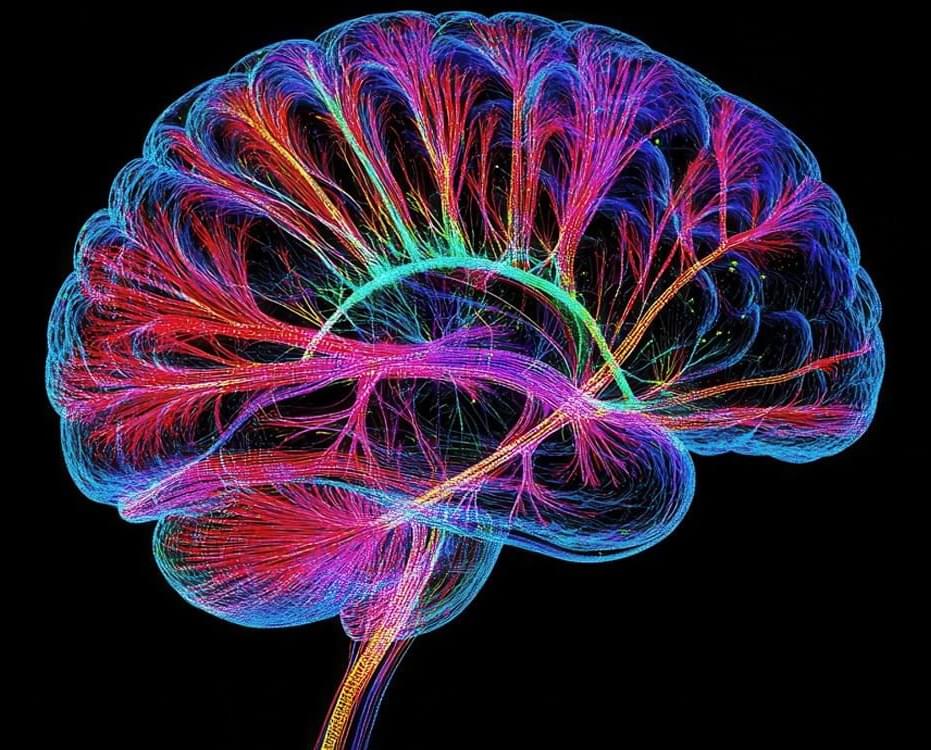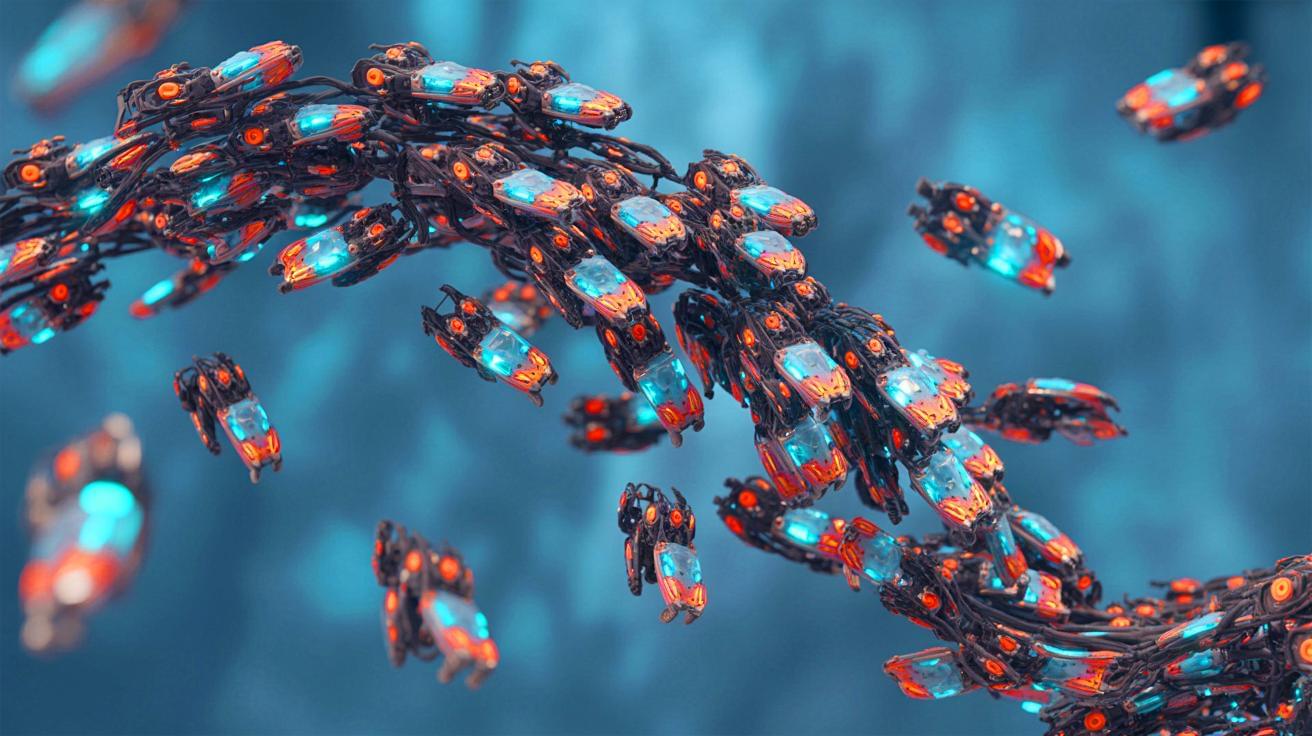Using advanced computational modeling, a research team led by the University of Oxford, working in partnership with the Instituto Superior Técnico at the University of Lisbon, has achieved the first-ever real-time, three-dimensional simulations of how intense laser beams alter the “quantum vacuum”—a state once assumed to be empty, but which quantum physics predicts is full of virtual electron-positron pairs.
Excitingly, these simulations recreate a bizarre phenomenon predicted by quantum physics, known as “vacuum four-wave mixing.” This states that the combined electromagnetic field of three focused laser pulses can polarize the virtual electron-positron pairs of a vacuum, causing photons to bounce off each other like billiard balls—generating a fourth laser beam in a “light from darkness” process. These events could act as a probe of new physics at extremely high intensities.
“This is not just an academic curiosity—it is a major step toward experimental confirmation of quantum effects that until now have been mostly theoretical,” said study co-author Professor Peter Norreys, Department of Physics, University of Oxford.









